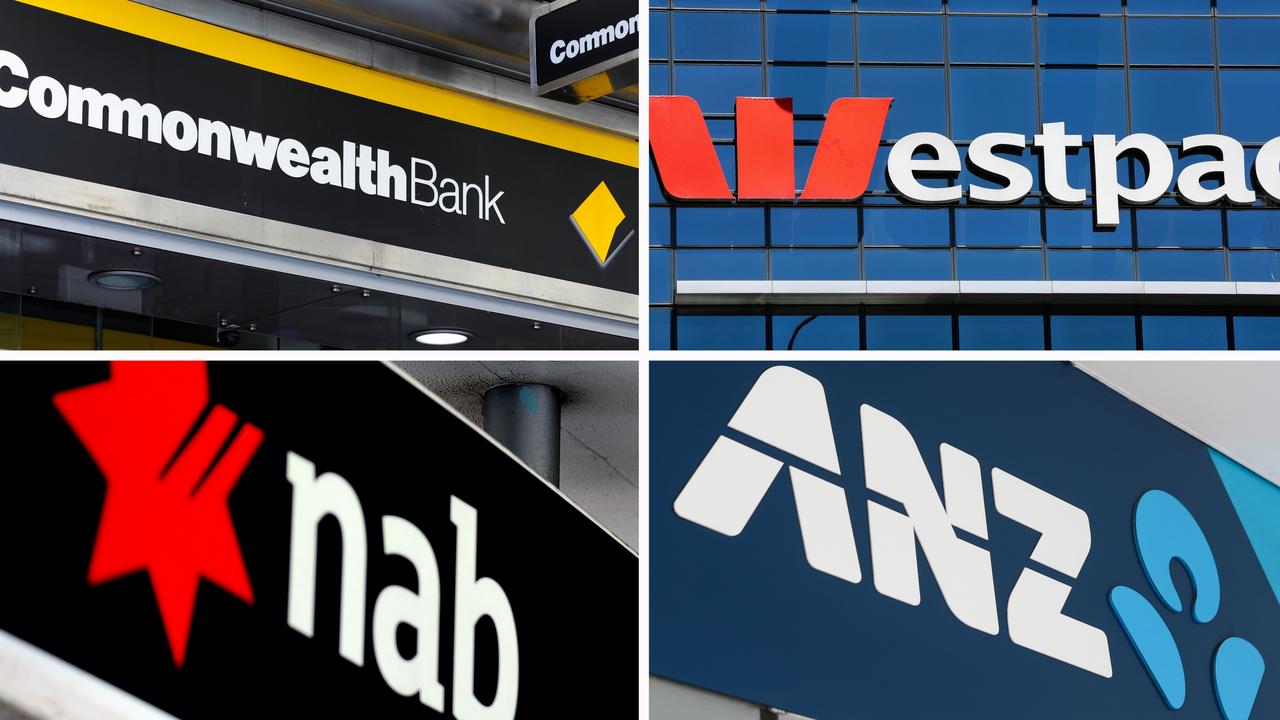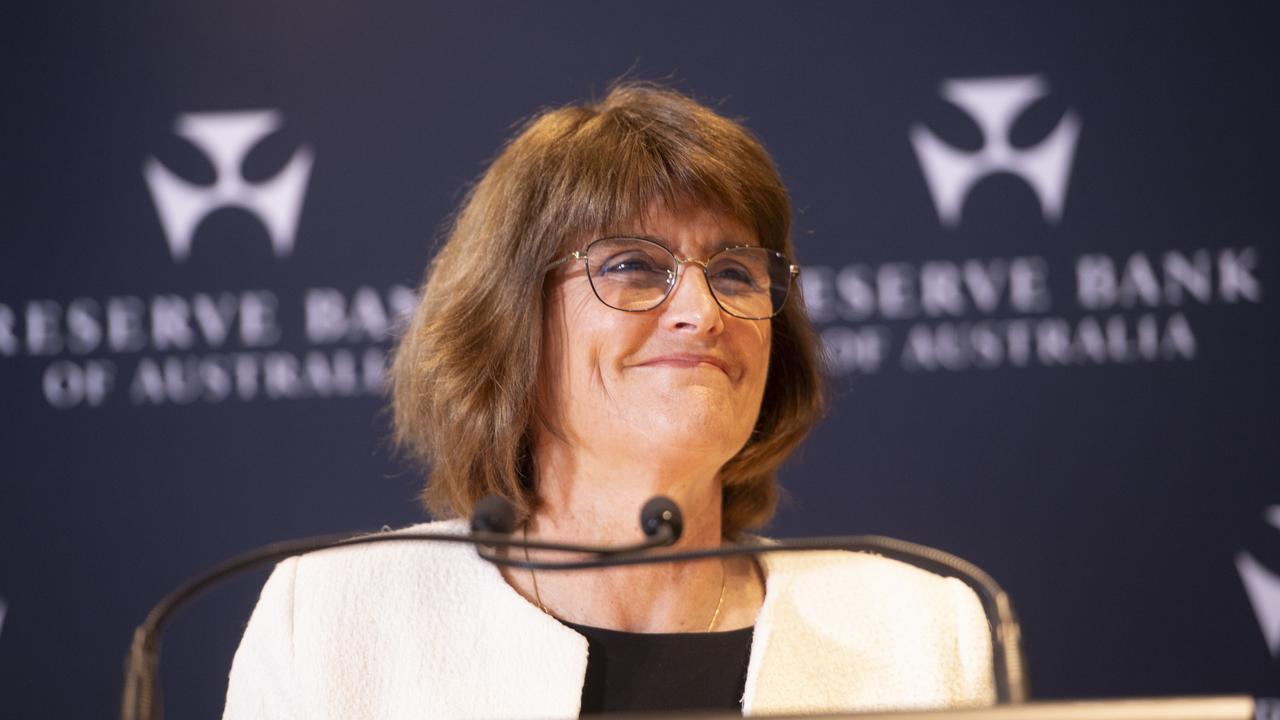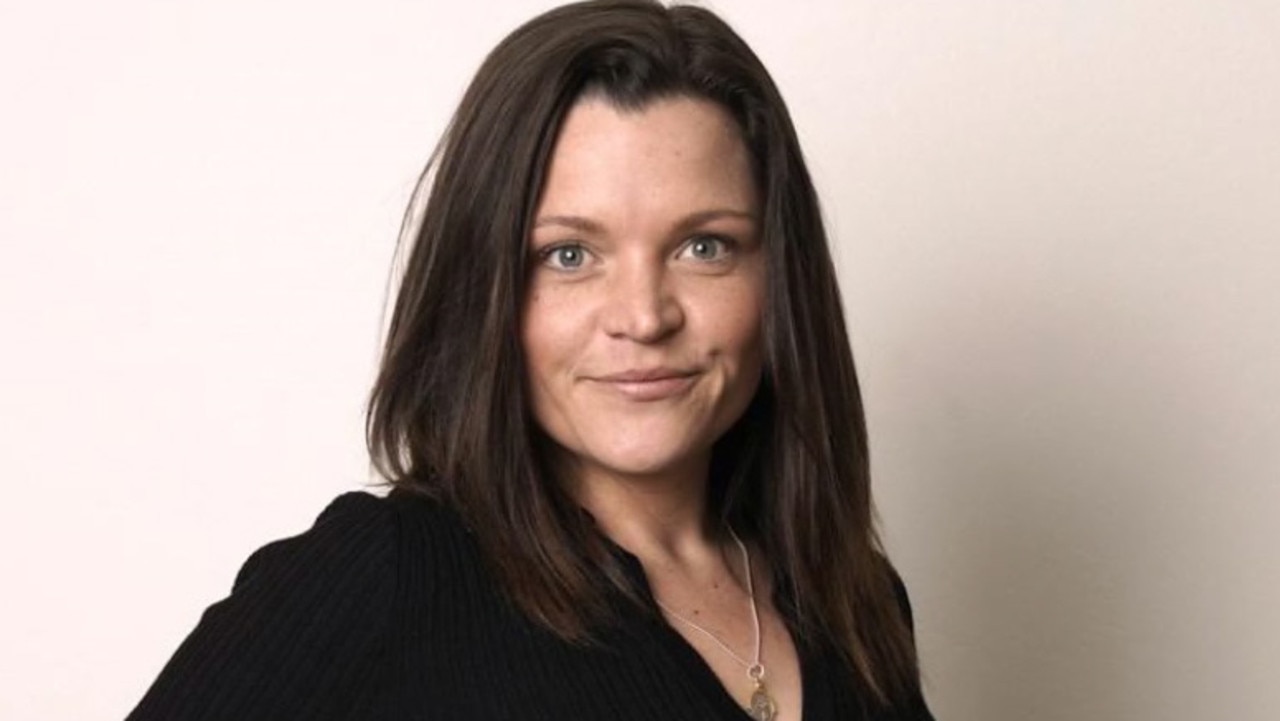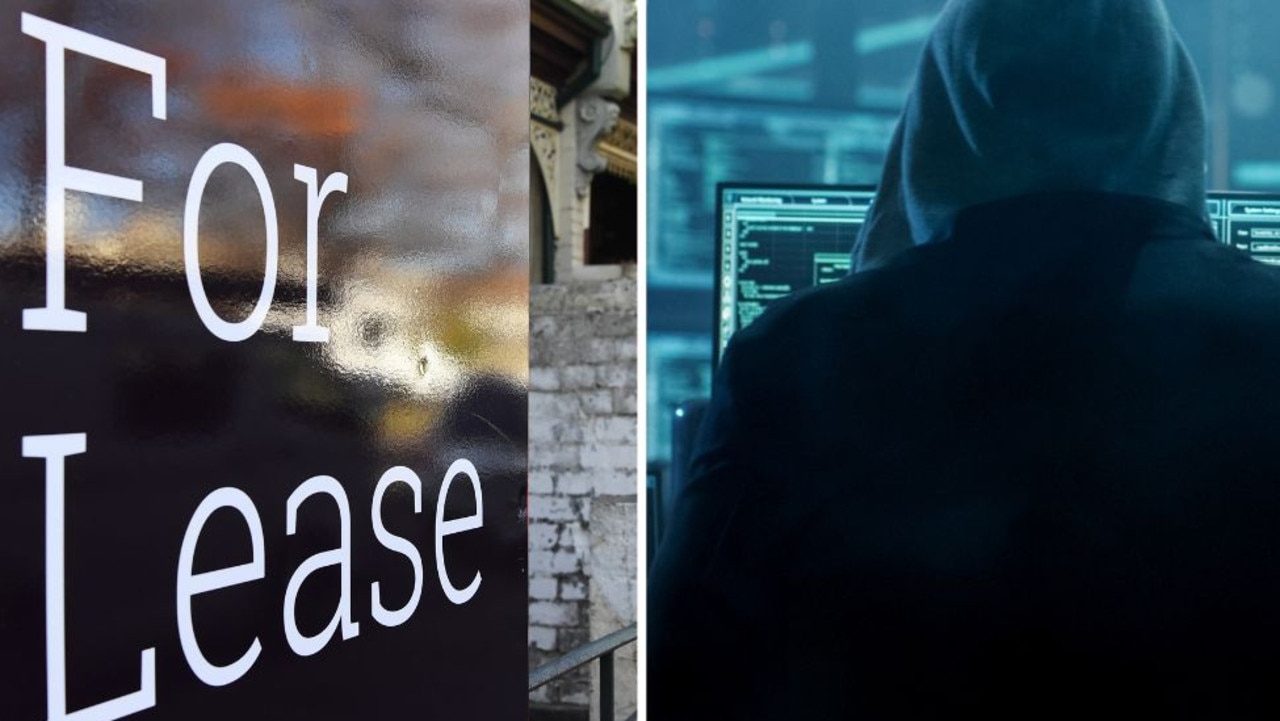Sneaky move banks made just before RBA interest rate cut
Banks made a cunning move before the RBA announced a historic rate cut designed to squeeze homeowners for more, experts warn.

Australia’s “big four” banks and other lenders have structured some of their loan products in a way that could create a mortgage cliff for homeowners down the line.
And it has some experts warning borrowers to pay close attention to the fine print in lender deals.
With the RBA announcing a rate cut this week and banks gearing up for more interest rate cuts later this year, online mortgage comparison group Mozo has revealed a “significant gap” has developed between fixed home loan rates and their revert rates.
The difference signalled that mortgage holders could get stung for hundreds of dollars more each month once their fixed term ended, Mozo noted.
MORE: 1.5 million Aussies in limbo despite rate cut

MORE: RBA cut: Insane way to save $250k
Revert rates are what the lender will charge customers once the fixed period of the loan ends. Mozo said that the gap between the headline fixed rates and revert rates was a “risk for borrowers”.
Many of these rates are still lower than the variable rates that large banks are now offering following RBA Governor Michele Bullock’s announcement of a 0.25 per cent cash rate cut.
Mozo analysis showed Westpac was offering borrowers one-year fixed terms at 5.79 per cent that would revert to 7.54 per cent after the first year.
This would add $585 to the monthly repayments of someone who bought their home with a $500,000 mortgage with a loan to value ratio of 80 per cent.
Commonwealth Bank was offering a similar 6.39 per cent for the first year of a first rate loan product, which reverted to 8.1 per cent, adding $535 a month to the repayments on a $500,000 loan.
MORE: 12-month rent forecast: what you’ll pay in each suburb

MORE: ‘Not true at all’: home loan lie blown apart
ANZ and NAB had one-year fixed rates at a respective 6.14 and 6.09 per cent, which reverted to 7.24 per cent and 6.99 per cent.
Mozo money expert Rachel Wastell said homeowners would get something of a shock if they didn’t prepare for the end of their fixed rate terms.
“A one year fixed rate could be a bargain now, but if you don’t have an exit plan you could be in for a nasty surprise when the term ends and rates revert to much higher levels,” Ms Wastell said.
“If borrowers do nothing, they could see repayments jump by over $500 a month when their term ends.
MORE: Why fixing my home loan rate was the best decision of my life

“The good news is, you don’t just have to cop the revert rate. Lenders usually give customers time to re-fix their loan or switch to a different product, but it’s up to the borrower to take action.”
Ms Wastell said the danger was that many homeowners would be complacency.
“This could be a common situation for borrowers. In fact, in two separate surveys we ran last year roughly 40 per cent of mortgage holders told Mozo they didn’t know the rate of interest they were paying on their home loan. If someone isn’t aware of their rate, it’s unlikely they’ll realise that their repayments could increase by hundreds of dollars a month when their fixed rate term ends if they don’t negotiate.
“As for how borrowers fall into this trap? I’d say that it’s often the appeal of the headline rate that captures borrower attention, without deeper consideration of the longer-term impact of their revert rate. Some may not fully grasp how much repayments could increase by if they don’t review the fine print.

“When it comes to chasing a better rate once the fixed term ends, it’s often complicated for people to navigate the jargon and the fine print involved in home loan products. The language can be overwhelming.
“The revert rate details are in the home loan contracts, so banks have definitely told the borrower, I guess it’s just a matter of whether Aussies are understanding the dollar difference that percentage point differences make and reading the finer details of the contracts.
“Add in being time poor, and many borrowers simply may not get a chance or remember to follow through -- even though they intend to shop around -- and before they know it, they’re on the hook for much more.”
Following the Tuesday announcement of a cash rate cut, the lowest variable rates being offered by big four banks have included 5.9 per cent from CBA, 6.19 per cent from Westpac and NAB and 5.84 per cent from ANZ. These rates will become effective in late February or early March.
Originally published as Sneaky move banks made just before RBA interest rate cut




